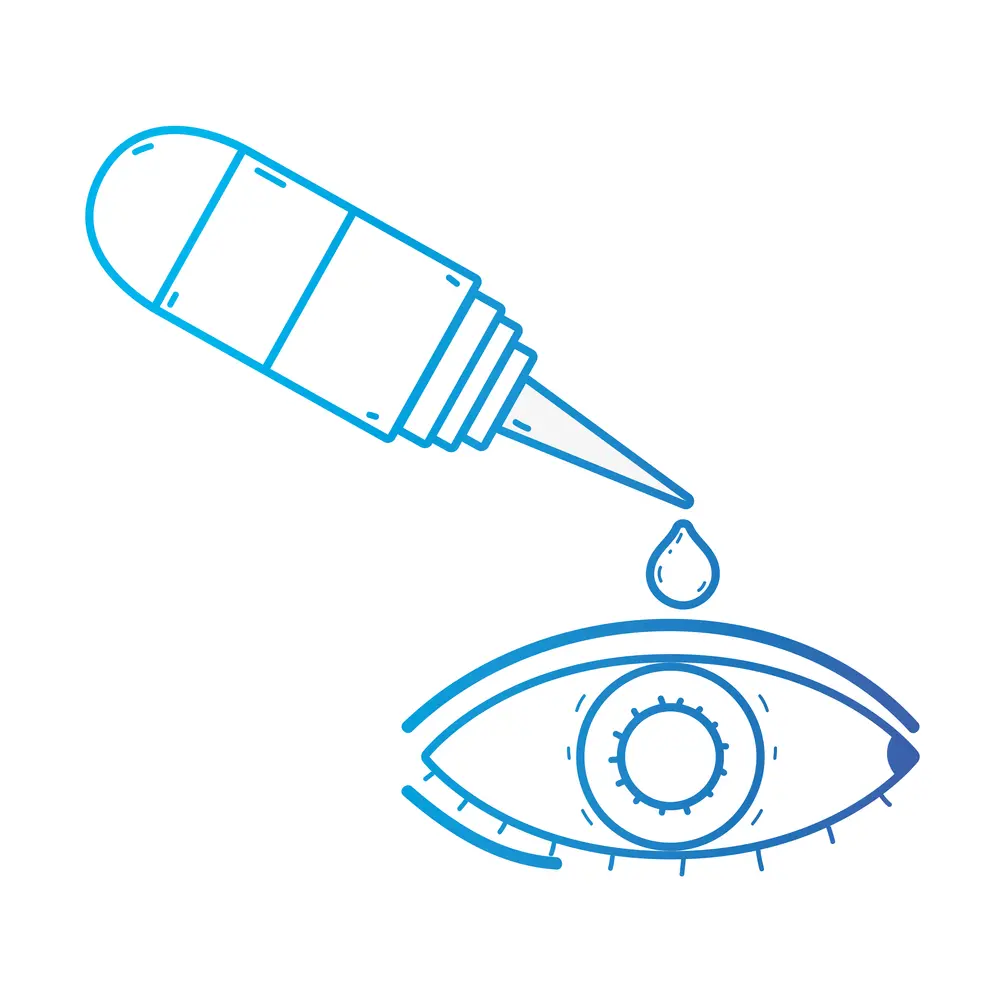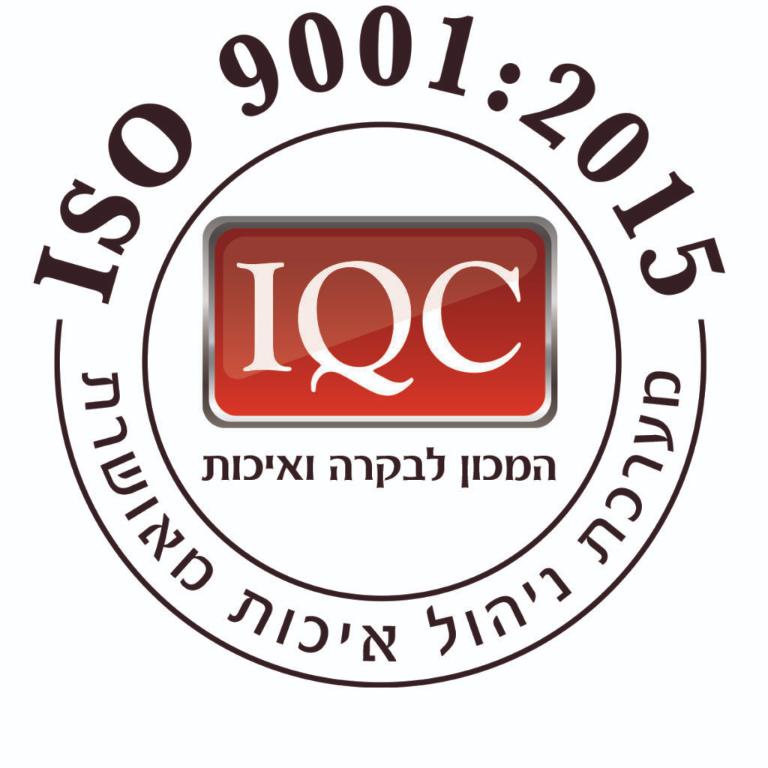Dry eye occurs when your eyes do not produce enough tears or when your tears do not function properly. This can lead to discomfort and, in some cases, vision issues. The good news? There are many ways to treat dry eyes and protect your eye health and comfort.
Common Symptoms of Dry Eyes
Dry eye can cause:
- A gritty sensation, like something is in your eye
- Burning or stinging sensations
- Redness
- Sensitivity to light
- Blurry vision
Are You at Risk for Dry Eyes?
While anyone can experience dry eyes, you are more likely to suffer from them if:
- You are over 50
- You wear contact lenses
- You are female (hormonal changes can affect tear production)
- You lack enough vitamin A or Omega-3 fatty acids
- You suffer from autoimmune diseases like lupus or Sjögren’s syndrome
What Causes Dry Eyes?
Tears normally keep your eyes moist and clean. Dry eye syndrome happens when one of the following occurs:
- The tear glands do not produce enough tears
- The tear glands are blocked
- Tears evaporate too quickly
- The tear composition is unbalanced or insufficient
Other factors include extended contact lens use, LASIK or other eye surgeries, blepharitis, allergies, menopause, and glaucoma or its treatments.
How Is Dry Eye Diagnosed?
Dry eye can affect one or both eyes. To diagnose the condition, your eye doctor may perform a comprehensive eye exam. This includes:
- External and internal eyelid inspection
- Tear quantity and quality assessment
- Tear evaporation timing
- Optional corneal mapping (especially if keratoconus is suspected)
Did You Know?
Prolonged screen time on computers and smartphones can cause dry eye. If left untreated, dry eyes can damage the cornea, the eye’s outermost layer.
Treatments for Dry Eye
Treatment depends on the underlying cause and severity. Common options include:
- Over-the-counter eye drops (artificial tears, gels, and ointments)
- Prescription medications like Cyclosporine (Restasis) or Lifitegrast (Xiidra)
- Hot compresses or eye masks to clear blocked oil glands
- Meibomian gland expression to release trapped oils
- IPL therapy (intense pulsed light) followed by eyelid massage
- Lifestyle changes such as avoiding dusty areas, increasing hydration, limiting screen time, and wearing sunglasses
- Tear duct plugs (punctal plugs) to retain tears
- Surgery, in rare cases, for eyelid correction
Scleral Lenses for Dry Eye Relief
Custom scleral lenses are an advanced solution for dry eye sufferers. These special lenses cover and protect the eye surface while trapping moisture underneath. In addition to correcting vision, they help treat chronic dryness without medication.
Scleral lenses are particularly helpful for patients who have undergone corneal transplants or surgeries such as keratoconus ring implants.
At M’Eye Clinic, we offer both scleral and mini-scleral lenses tailored to your eye health and lifestyle. Using the latest optical technologies, our team invites you to schedule a personalized consultation to ease your symptoms and improve your comfort and well-being.





